A Look Back: Hillside Strangler Serial Killer Angelo Buono Dies in Prison
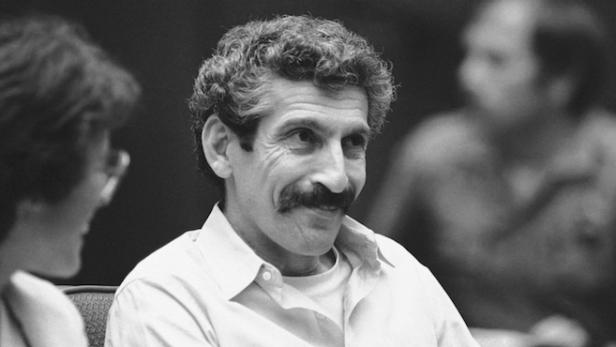
AP/Fong
Angelo Buono, accused Hillside Strangler, is all smiles prior to hearings in Los Angeles, on Monday, July 14, 1981 during which prosecutors recommended that murder charges be dismissed against him. The recommendation came after surprise switches in testimony from star witness Kenneth Bianchi, Buono's cousin.
On September 21, 2002, Angelo Buono, Jr., one half of the “Hillside Strangler” serial killing team who terrorized Los Angeles with a string of tortures and murders in the late 1970s, died alone in prison.
According to the Los Angeles Times, officials at Calipatria State Prison near Palm Springs said the 67-year-old died of natural causes, and that he had suffered from heart problems in the past. Bueno was serving a life sentence for the murders of nine women.
For more than two years, Buono and his cousin, Kenneth Bianci, stalked the streets of northeast Los Angeles and Glendale, sometimes flashing fake badges to lure their victims inside their vehicles. They are responsible for the deaths of multiple women and girls.
Afterward, they drove their victims to Buono’s Glendale automobile upholstery shop, where they tortured them before raping and murdering the women, and then dumping their bodies at various locations around the city.
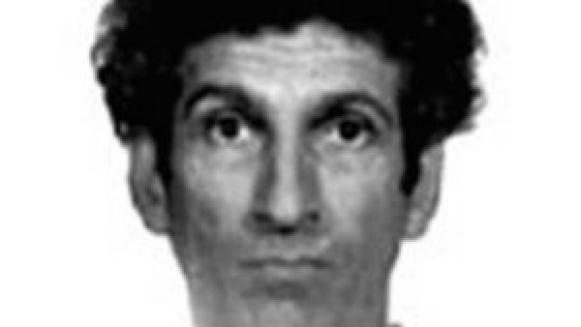
Wikimedia Commons
Angelo Buono, Jr. mug shot
Angelo Buono, Jr. was reportedly born on October 5, 1934, in Rochester, New York.
After the divorce of his parents in 1939, Angelo moved with his mother and sister to Glendale, California. At a very early age, Buono allegedly began showing a deep hatred for women. By age 14, he had been sent to a reformatory and allegedly bragged about raping and sodomizing young local girls.
He married and fathered several children while physically abusing his wives — many later said that inflicting pain during sex seemed to add to his pleasure.
Buono had a small car upholstery shop attached to the front of his home. His cousin Kenneth Bianci moved in with him in 1976, and the two men started a career as small-time pimps, which worked for a period of time until the two “girls” they were keeping escaped.
The first known murder victim was Yolanda Washington, a part-time waitress and alleged prostitute. Her body was found October 18, 1977, lying face-down in bushes beside busy Forest Lawn Drive near Barham Boulevard.
The killings made national headlines, and — like the Manson murders and the Night Stalker killings — terrified the city of Los Angeles. The victims ranged in age from 12 to 28 and included sex workers, schoolgirls, a college student, an aspiring actress, and a dancer.
After restraining their victims, Bianci and Buono reportedly tortured their victims in a variety of ways — including allegedly injecting them with cleaning fluids and putting a plastic bag with a gas pipe inserted over one woman’s head.
Some of the bodies were posed lasciviously at prominent sites, including the hills near the Los Angeles Police Academy. Investigators believed this was an attempt to taunt the police. The case spawned a 162-member law enforcement task force, which chased countless tips and bits of information that seemed to lead nowhere.
The case was ultimately cracked when Bianchi was arrested in Washington state in connection with a rape and strangulation case there — and implicated Buono in the murders. Bianchi is still imprisoned, serving his life sentence.
Buono was convicted of killing Judith Lynn Miller, Elissa Kastin, Jane Evelyn King, Dolores Cepeda, Sonja Johnson, Kristina Weckler, Lauren Rae Wagner, Kimberly Diane Martin, and Cindy Lee Hudspeth.
Watch Now:
Read more: Los Angeles Times, People.com


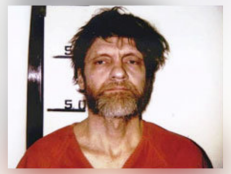

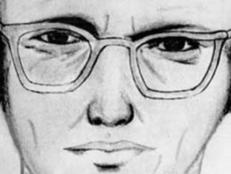
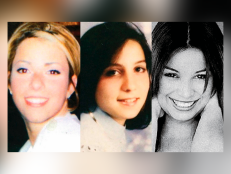

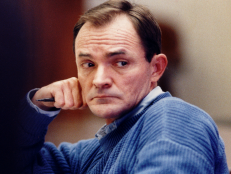
![A Feb. 1980 police mug shot of murder suspect Ted Bundy [left]; Charles M. Manson, charged in the killings of actress Sharon Tate and six others, walks to courtroom in Los Angeles, Feb. 10, 1970 [right].](http://investigationdiscovery.sndimg.com/content/dam/images/investigationdiscovery/crimefeed/legacy/2023/11/AP-ted-bundy-8002010117-AP-charles-manson-700210083.png.rend.hgtvcom.231.174.suffix/1699989081947.png)
